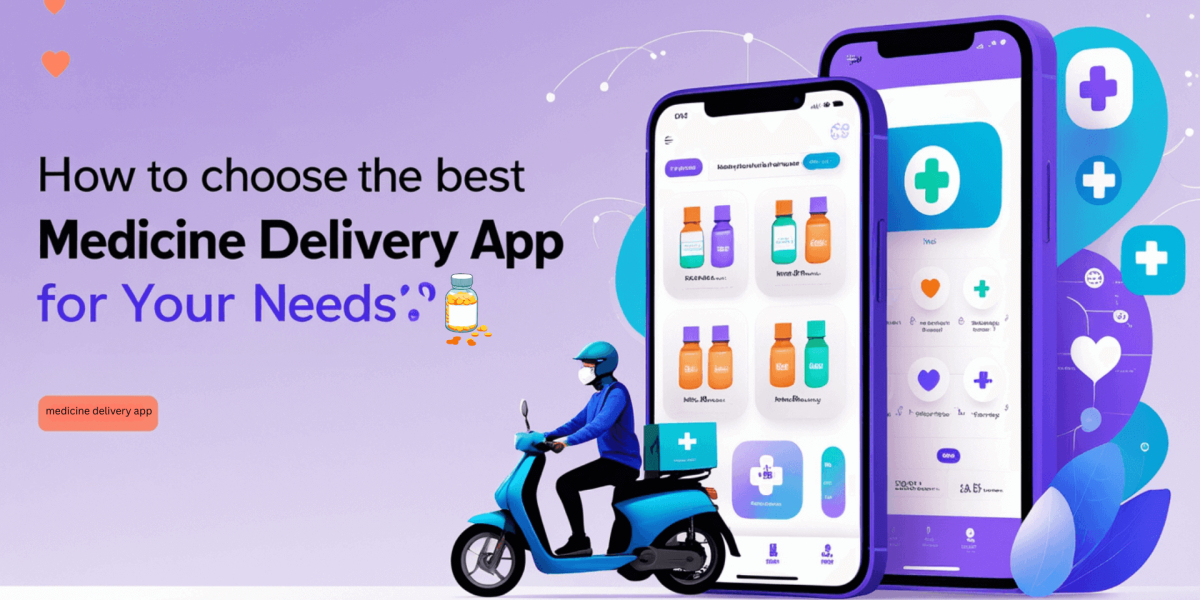The Complex Ethics of Advertising that Brands Must Understand
- By Joe Winston
- 14-05-2025
- Digital Marketing

Ah, the salivation at the sight of a juicy hamburger on a billboard! The desire can be immediate, even if it’s only 11 a.m. As creative professionals, we know how this happens—the rich colors and optimal contrasts draw you in.
For a moment, gauge what you feel when you watch a YouTube ad of people enjoying sundowners to mark the weekend. If your country allows only surrogate advertising for liquor, replace it with fizzy water. Everyone looks enthralled, which might prompt you to indulge even if you planned to mark a delayed dry January.
Ads like these appear on various media, like moving billboards or digital screens. They achieve what they set out to do, i.e., lure in customers. However, marketing teams must understand the ethical connotations of working with different clients. Let your guard up when a client’s offering may have intrinsic health risks.
Glossing Over The Grey Areas
As advertising or PR people, we grapple with ethical quandaries around the degree of truth or full exposure. A standard TVC or a truck billboard only has a viewer’s attention for a few seconds, if that. Companies focus on their main campaign idea and compelling product shots.
Amid all this, grey areas of some questionable products often get hidden. For example, the US Market Compliance Office reports that some advertisements don’t represent the alcohol content of distilled spirits. How will the buyer know how many standard drinks they are having? Some make misleading statements with no scientific basis, like improvements to memory or energy.
The problem prevails in another product category closely linked to harmful side effects: pharmaceuticals. Some countries do allow the promotion of direct-to-consumer drugs, like the USA and New Zealand. Many Redditors claim that news channels often have multiple pharma ads. One cannot help but wonder: What repercussions does it have on the viewer? How can they feel assured that the channel’s coverage of health issues is non-partisan?
What’s worse, pharma advertising may skip possible side effects of a medicine in its bid to influence purchase decisions. For example, Suboxone, a medication to manage opioid addiction, has been linked to substantial dental damage in many users. Many people are taking legal action against the manufacturer, citing gross negligence.
Some legal circles predict that the Suboxone lawsuit payout per person may reach up to USD 500,000, depending on how severe the health issues are. The legal rigmarole can be so dense that it consumes the product owners and various stakeholders, including branding and communication teams.
What you can do instead
Being cautious does not mean highlighting a linkage to disease or malaise. It’s doubtful that it would achieve anything more than the graphic pictures on cigarette packets. They become blind spots.
But glossing over implies diminishing or even denying the existence of such a linkage. What should a user know before buying the product? Are they looking at the long-term health impact? Marketing experts must ask the hard questions that genuinely matter before taking on clients in this sector.
The “They Seem Fine” Illusion
All around, we see ads for products that claim to trigger favorable human emotions like happiness and companionship. It is a consumerist world, and buying something has rewards—a statement we, as marketers, cannot shake off fully. But what we can do is send a more suitable, more empowering message.
Consider billboards that show laughing people getting together over smokes or alcoholic drinks. They seem fine, even happy. It speaks to vulnerabilities like stress and loneliness—emotions that are ubiquitous now. You may think, do such products deserve the monitoring we are expected to provide them?
Besides advertising, it is vital to examine sponsorship through the lens of ethics. Many liquor brands sponsor sporting events, from Grey Goose and the US Tennis Open to Chivas Regal and racing. Over time, it builds a mental connection between the two entities. Beer and football somehow go together. Like bread and butter.
For the little ones, so does McDonald’s, which incidentally sponsors several football events. All the joyous kids seem to bond over burgers and fries. The reports about rising obesity are likely fear-mongering!
Except, they are not.
A new Guardian report claims that McDonald’s is resorting to corporate spins to sideline the role of fast food in worsening type 2 diabetes and musculoskeletal conditions. Targeting children for such ads is also murky because this group is more impressionable.
What you can do instead
As responsible marketers, we must refrain from designing campaigns that exploit the vulnerabilities of different social groups.
Instead, why not showcase the ways a company supports the community? For example, Heineken focuses on sustainability and innovation for its Inch’s Cider, underlining its connection to British apple growers. The Grocer also appreciates the firm’s focus on the natural sweetness and taste, which it promotes through zero-alcohol variants.
The Vanishing Line Between Persuasion and Obsession
Finally, marketing agencies also face another challenge when working on potentially addictive products. Balancing persuasion with obsession. Just how much convincing is too much?
The dilemma is apparent in the context of social media platforms and messaging apps. Consider how Instagram and TikTok are among the most downloaded apps on the Google Play Store. Statista reports that social media users may reach six billion by 2028!
As a result, many brands now prioritize advertising on Instagram and YouTube for their marketing campaigns. It has become a staple.
On paper, it seems perfect. Many of these channels use personalized algorithms that let you reach specific users. Once you hook them, you can increase their online time, pursuing related videos and researching whether their peers use the product.
This compulsive process, with the possibility of instant feedback, impacts many youngsters. Reuters highlights that Meta is even facing lawsuits due to its role in making kids addicted to social media.
What you can do instead
Advertisers should study the role of social media in the client’s campaign and pick the platforms carefully. Some of the campaigns that resonated the most did not require users to spend hours online. They encouraged them to go outdoors to explore.
For example, the Copenhagen Zoo’s classic vehicle wrap outdoor ad showed a giant constrictor squeezing a city bus. It was breathtakingly wondrous, unless you have ophidiophobia! Likewise, KitKat set up park benches, a classic take on the company’s “take a break” slogan.
These creatives can impact people when they browse social media, but you cannot possibly enjoy these pleasures stuck to a screen. You must visit the zoo and spend time at the park.
Ethical marketing has become a must in these times of stress and turbulence. Let us embrace sustainability and responsibility as more than just buzzwords, integrating them into content and creatives. Doing so is imperative for some product categories, but we daresay it is becoming an overarching need for the industry.


.jpg)


